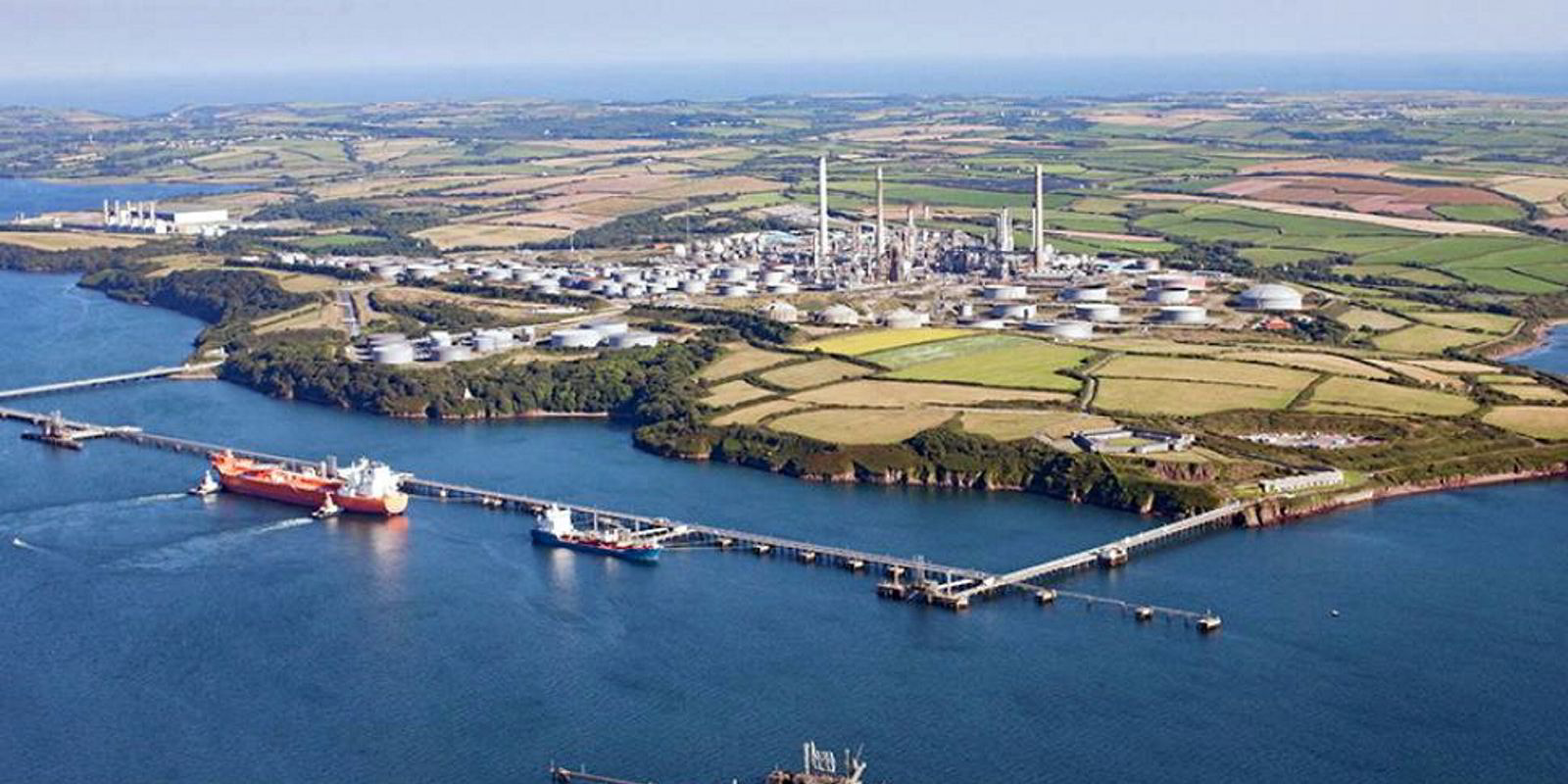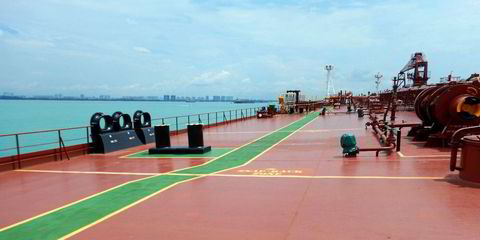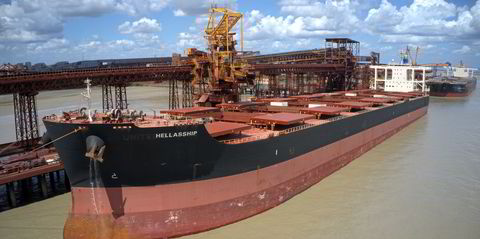Record refining margins have propelled product tanker rates to levels approaching two-year highs.
Clarksons Platou Securities said refinery runs have been boosted in the US, Europe and Asia.
Analysts Frode Morkedal, Omar Nokta and Even Kolsgaard added: “Product carrier rates have surged to new highs over the past week, reaching levels last seen during the record-setting second quarter of 2020.”
Vessel classes across nearly all regions have improved.
Clarksons Platou is assessing LR2s at $30,000 per day globally and MRs at $25,000.
These rates, however, are for non-eco ships without scrubbers.
Eco vessels are earning $37,000 per day in the case of LR2s and $31,000 for MRs.
But add scrubbers into the equation and these figures jump to $42,000 and $34,000, with record prices for very low sulphur fuel oil widening the gap to cheaper high-sulphur bunkers.
Clarksons Platou said product tanker owners such as Scorpio Tankers, Hafnia, Torm and Ardmore Shipping are now positioned to end the first quarter “on a firm note”.
The start of the second quarter will see very strong levels, the analysts added.
European refining margins have tripled to record levels since February, while Asia has seen a doubling over the same period.
Cargo volumes firmer
Fearnley Securities said: “Product tanker rates [are] generally higher across the board, with MRs getting a boost from firmer cargo volumes and continued uncertainty caused by Russia/Ukraine conflict.”
But UK shipbroker Howe Robinson Partners said rates are coming under pressure in the Mediterranean after a slower week.
The London shop said there are a lot of vessels building up in Gibraltar and the western Mediterranean, with 30,000-dwt vessels ballasting down from northern Europe and up from West Africa.
“Charterers are in no hurry and likely we’ll see further downward corrections if this continues. Bunker prices do remain very high, so any decline in rates may only be gradual,” Howe Robinson said.
VLCC rates were weaker, however, after an initial boost from the Ukraine conflict, while suezmax and aframax spot rates remain at high levels in the Baltic and Black seas.





